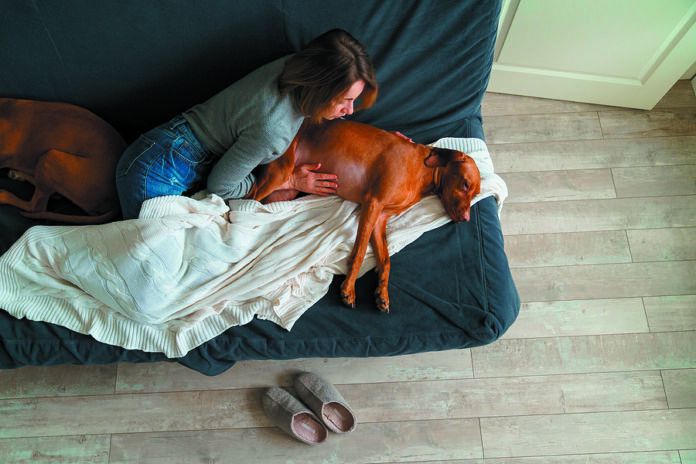It’s 10 PM on a Sunday evening and your dog starts having difficulty breathing. Or she begins having what seems like a series of seizures. Or she starts foaming at the mouth and walking restlessly, and her belly looks like she swallowed a balloon — all signs of bloat, which can kill a dog if not tended to as quickly as possible.
You’ve essentially got to “scoop and run” — the term veterinarians use for taking action immediately. But where do you go? Does your veterinary service have someone on-call 24/7? Is there a clinic nearby with weekend and holiday hours? Do you know?
Many people don’t. They don’t think about after-hours veterinary services until they have to. But that means precious time is lost tending to an emergency and potentially making the difference between life and death. Here are some things to find out — and affix to your refrigerator or save on your mobile phone. The last thing you want is not to take action fast enough when help could have been available.
- Ask your veterinary practice if they have an on-call service after hours or whether they work with an emergency provider in the area. Be sure to write down applicable phone numbers and addresses.
- In the absence of round-the-clock care provided by your veterinarian or by someone your vet collaborates with, take advantage of the Veterinary Resources App, which you can access from the Veterinary Resources App Facebook page. Developed by veterinary emergency room doctors, it will help you find a local, after-hours veterinary emergency clinic. And its telehealth services can connect you to a veterinarian in real time.
- See how far you live from the closest veterinary school. There are 32 of them around the country, and most, if not all of them, have emergency medical services for pets. If there’s one near you that does, keep the address and phone number handy. It’s all too easy to spend a lot of time getting rerouted or waiting for prompts when calling into a large academic institution, and if you have the right number at the ready, you can call from the car on the way over.
Sometimes you can begin medical treatment even before you get your dog in the car.
Gagging/gasping for air. While choking in dogs is exceedingly rare, it does happen. To find out if trouble breathing has resulted from choking, the ASPCA advises placing your fingers in your dog’s mouth to see if there’s a blockage you can remove. If not, try performing a modified Heimlich maneuver by giving a sharp rap to his chest, which might be able to dislodge the object.
Bleeding. If there’s significant bleeding, try elevating the area and applying mild pressure to the wound. Don’t apply a tourniquet. It can cut off circulation.
Poisoning. If your dog has swallowed something poisonous, call the ASPCA’s 24-hour Animal Poison Control Center for instructions at (888) 426-4435. A $65 consultation charge may be applied to your credit card.





